-
main-collection-product-grid
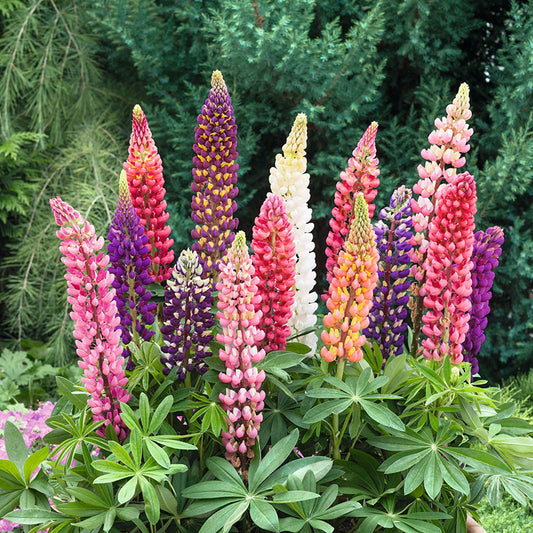
Russell Lupine Seeds
A blend of vibrant colors to liven up your perennial flower patchRussell Lupine Seeds
A blend of vibrant colors to liven up your perennial flower patchRegular price As Low As $4.49Regular priceUnit price per -
main-collection-product-grid
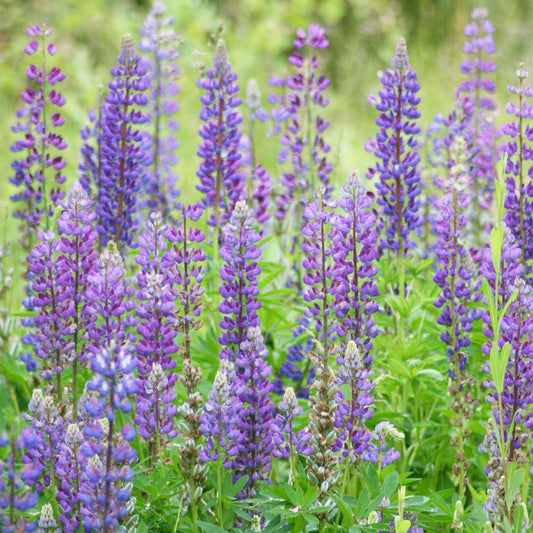
Wild Perennial Lupine Seeds
Gorgeous, purple spires are worth the effort it takes to grow this wildflower from seedWild Perennial Lupine Seeds
Gorgeous, purple spires are worth the effort it takes to grow this wildflower from seedRegular price As Low As $4.79Regular priceUnit price per -
main-collection-product-grid
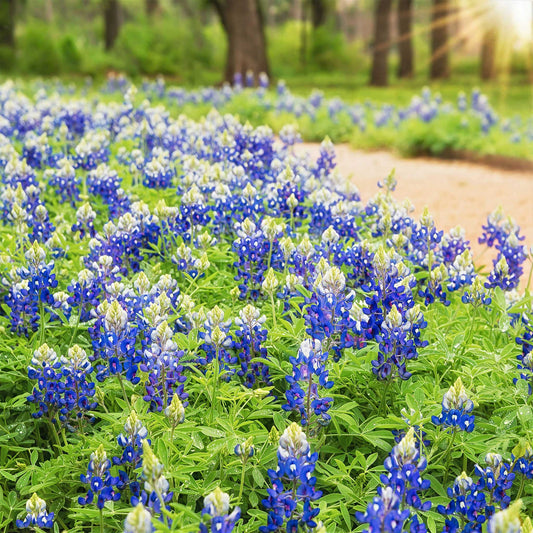
Texas Bluebonnet Seeds
This prolific, hardy heirloom is the state flower of TexasTexas Bluebonnet Seeds
This prolific, hardy heirloom is the state flower of TexasRegular price As Low As $4.79Regular priceUnit price per -
main-collection-product-grid
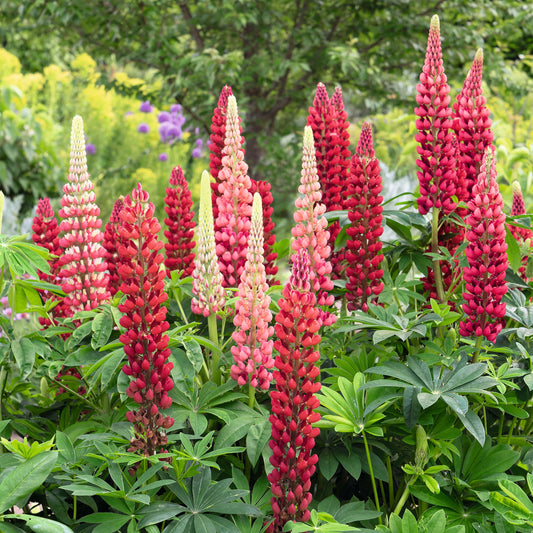
Russell Lupine Seeds - My Castle
These scarlet red blooms look straight out of a storybookRussell Lupine Seeds - My Castle
These scarlet red blooms look straight out of a storybookRegular price As Low As $4.79Regular priceUnit price per -
main-collection-product-grid
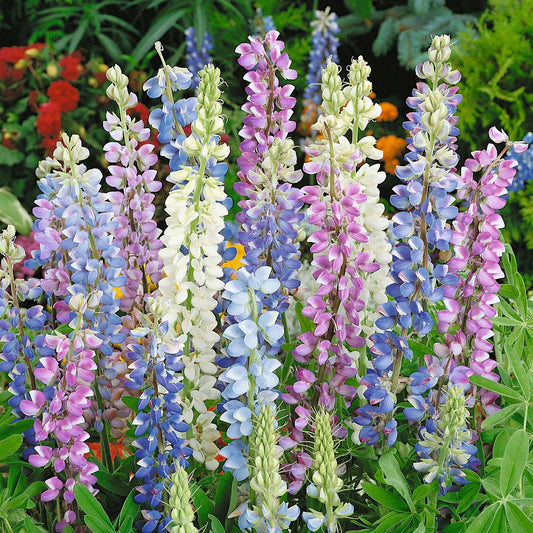
Lupine Seeds - Hartwegii Mix
The cutest pastel-colored bonnets come from the most compact plantsLupine Seeds - Hartwegii Mix
The cutest pastel-colored bonnets come from the most compact plantsRegular price As Low As $4.49Regular priceUnit price per -
main-collection-product-grid
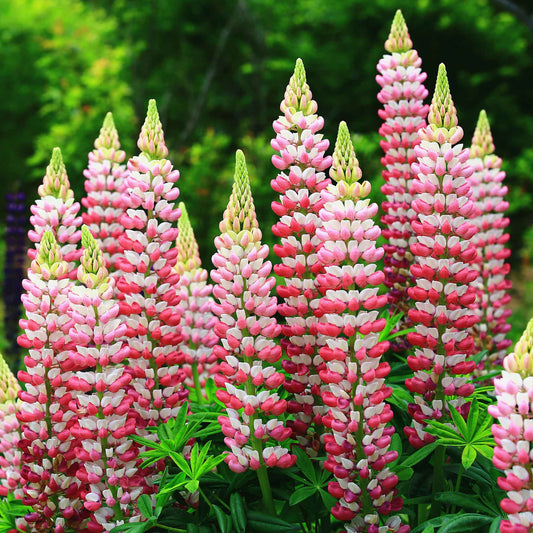
Russell Lupine Seeds - Chatelaine
Tall, rose-colored spires need very little attention to flourishRussell Lupine Seeds - Chatelaine
Tall, rose-colored spires need very little attention to flourishRegular price As Low As $4.79Regular priceUnit price per -
main-collection-product-grid
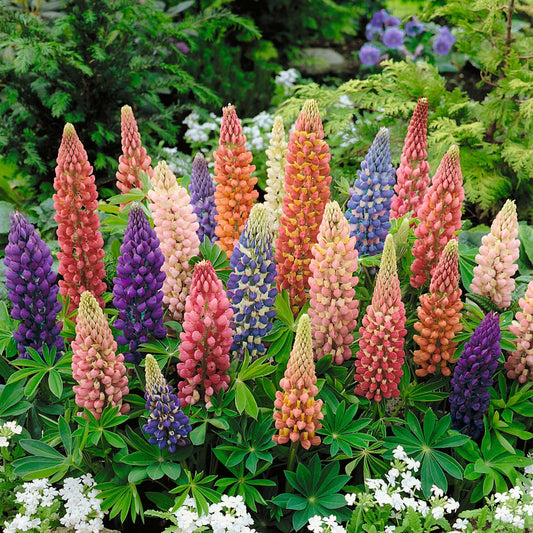
Russell Lupine Seeds - Minarette Dwarf Mix
A rainbow of perennial blooms fit for any space, large or smallRussell Lupine Seeds - Minarette Dwarf Mix
A rainbow of perennial blooms fit for any space, large or smallRegular price As Low As $4.79Regular priceUnit price per -
main-collection-product-grid
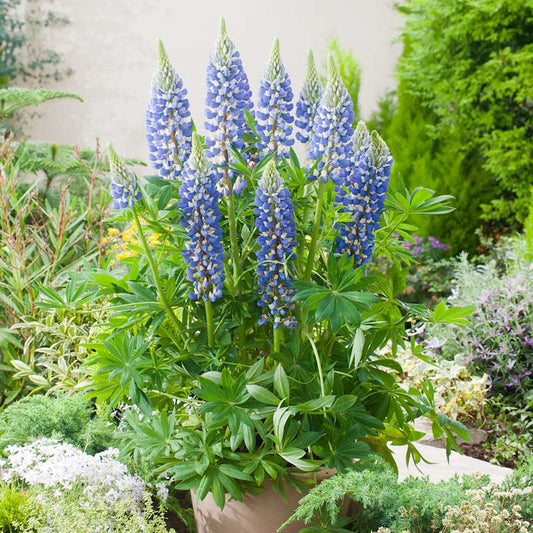
Russell Lupine Seeds - The Governor
The quintessential blue lupine should be a priority for any pollinator gardenRussell Lupine Seeds - The Governor
The quintessential blue lupine should be a priority for any pollinator gardenRegular price As Low As $4.79Regular priceUnit price per -
main-collection-product-grid
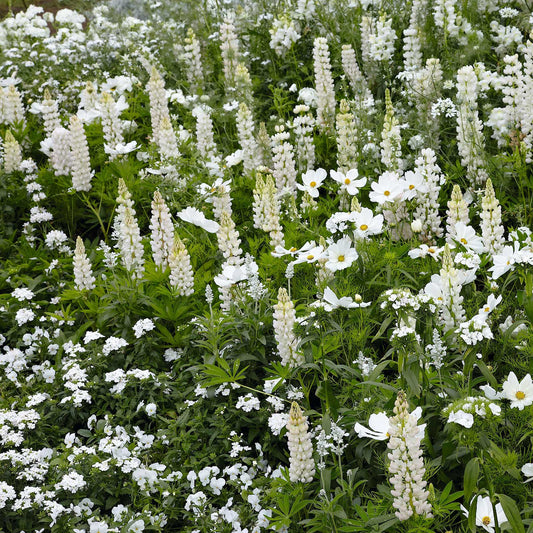
Russell Lupine Seeds - Noble Maiden
An award-winning lupine and our horticulturist's favoriteRussell Lupine Seeds - Noble Maiden
An award-winning lupine and our horticulturist's favoriteRegular price As Low As $4.79Regular priceUnit price per -
main-collection-product-grid
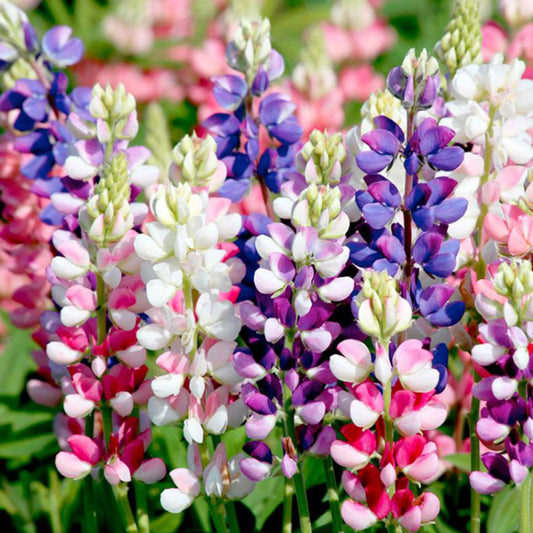
Lupine Seeds - Avalune Mix
Lightly scented, perfectly-petaled blooms flower in their first yearLupine Seeds - Avalune Mix
Lightly scented, perfectly-petaled blooms flower in their first yearRegular price $5.79Regular priceUnit price per -
main-collection-product-grid
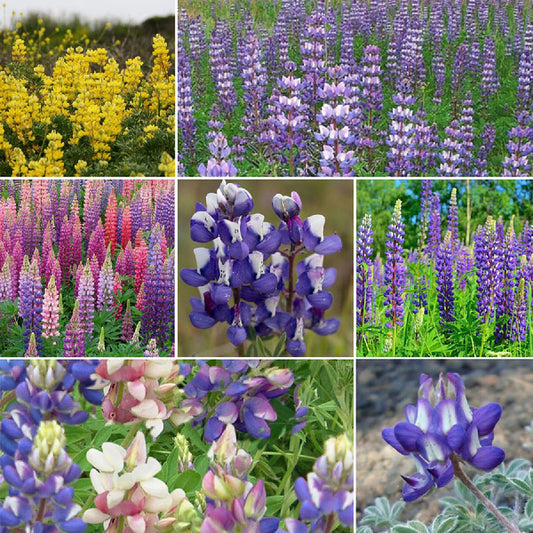
Loopy - Lupine Flower Seed Mix
A lupine in every color of the rainbow for every gardenLoopy - Lupine Flower Seed Mix
A lupine in every color of the rainbow for every gardenRegular price As Low As $14.69Regular priceUnit price per -
main-collection-product-grid
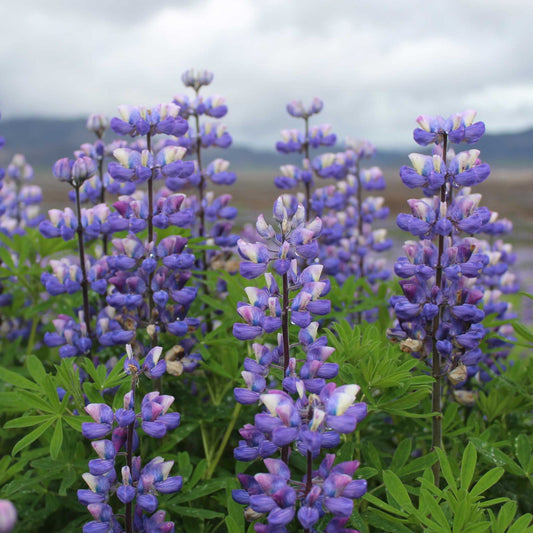
Arroyo Lupine Seeds
This compact cultivar boasts deer-resistant, bold blue bloomsArroyo Lupine Seeds
This compact cultivar boasts deer-resistant, bold blue bloomsRegular price As Low As $4.79Regular priceUnit price per -
main-collection-product-grid
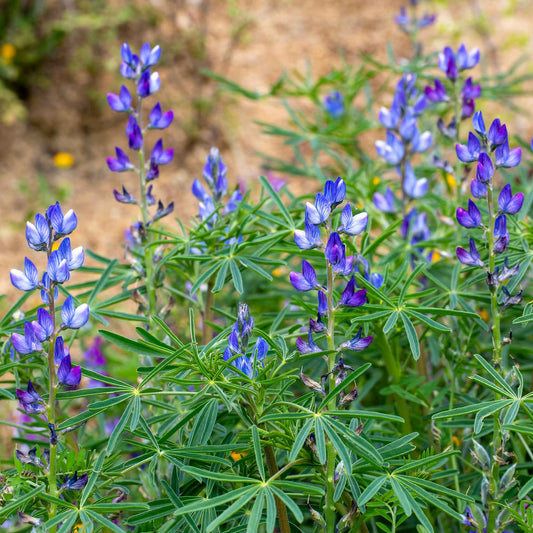
Annual Lupine Seeds - Blue
This easy-to-grow wildflower stands proud and lovely in the poorest of soilsAnnual Lupine Seeds - Blue
This easy-to-grow wildflower stands proud and lovely in the poorest of soilsRegular price As Low As $4.49Regular priceUnit price per -
main-collection-product-grid

Annual Lupine Seeds - Golden Yellow
A unique variant of lupine with buttery yellow bloomsAnnual Lupine Seeds - Golden Yellow
A unique variant of lupine with buttery yellow bloomsRegular price As Low As $4.49Regular priceUnit price per -
main-collection-product-grid
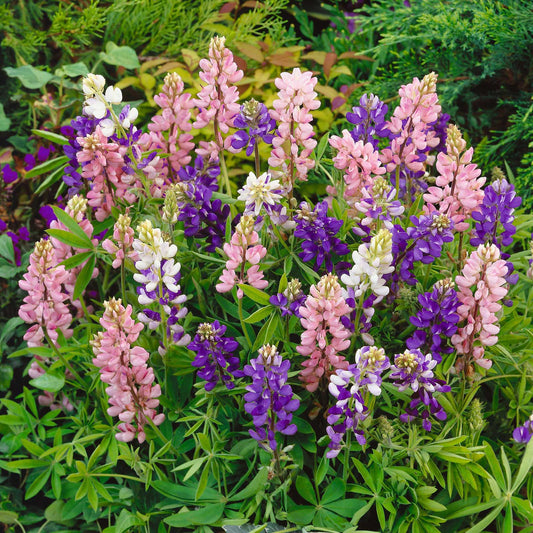
Lupine Seeds (Dwarf) - Pixie Mix
This lovely, petite wildflower was bred for small spacesLupine Seeds (Dwarf) - Pixie Mix
This lovely, petite wildflower was bred for small spacesRegular price As Low As $4.49Regular priceUnit price per
Why you should plant lupines in your pollinator garden
- 15 lovely lupine varieties
- Easy to grow annual and perennial varieties
- A North American wildflower, lupines provide habitat for native pollinators
- Loopy Lupine Flower Seed Mix contains the seven best cultivars
all about lupine seeds
A member of the legume family, lupines are cousins with garden peas and sweet peas. Legumes fix nitrogen in the soil, and while garden peas like sugar snaps and snow peas are delicious to eat, lupines and sweet peas are toxic when ingested! Enjoy your lupine flowers, but don’t let your kids or your pets take a bite.
Lupine seeds resemble beans, and it is recommended to soak the seeds overnight prior to planting. This process softens the seed coat, allowing lupine seeds to better absorb water in the soil. lupines have one strong taproot, so be sure to loosen the soil to a depth of ten inches for the healthiest plants. Lupines can be direct-seeded or started indoors, but take care with transplanting to not disturb the delicate taproot.
how and when to plant lupine seeds
Plant your lupines in spring in colder climates, and in fall or spring in temperate regions. To direct sow lupine seeds, push the seeds into the ground about twice as deep as the side of the seed itself. Cover with soil and water your lupine seeds thoroughly. If starting lupine seeds indoors, sow seeds one to two months before the last frost. Sow lupine seeds in 72 or 50 cell trays so that the seedlings won’t need to be bumped up into a bigger pot before they are ready to be transplanted outside.
Lupines do best in full sun, but may benefit from afternoon shade in hotter climates. Lupines grow from a taproot, so incorporate sand into your planting site to improve drainage and aeration. Lupines benefit from a technique called pinching—cut the plants back when they are about a foot tall by going through and cutting out the middle stem. This encourages the plants to branch, producing a multitude of stems where there would have been only one.
Ranging in color from cream and yellow to magenta and blue, lupine stems are striking in the vase. To harvest lupines for cut flowers, cut the stems after two to three buds on the spire have opened. Make a clean cut about 12 inches down and immediately put the stems in water. Harvested at the right time, lupines may last up to a week in the vase.
choosing your lupine aesthetic
A little stuck by all the beautiful options? Unsure what variety to grow in your region? No worries! Eden Brothers has curated a lupine seed mix for those gardeners who want it all! “Loopy” Lupine Flower Seed Mix contains a blend of five annual varieties and two perennial varieties for blooms all season long. This mix contains our favorite varieties like Wild Perennial Lupine, Arroyo Lupine, Russel Lupine, and a few other varieties that are guaranteed to thrive wherever they’re planted. For more information about planting, growing, and harvesting lupine seeds, see the Lupine Seeds Planting Guide.














